Understanding the Difference Between MultiCloud and Hybrid Cloud Environments

Let’s explore the differences between multi-cloud and hybrid cloud based on different characteristics, including architecture, intercloud workloads, vendor lock-in, availability, and cost. Cloud computing has revolutionized how businesses used to run in the past. Currently, there are many models of cloud computing. Cloud technologies have matured, expanded, and improved to support business purposes. According to Statista, “the global cloud applications market is expected to reach $168.6 billion by 2025.” As a result of the proliferation of cloud technologies, businesses, particularly those new to the cloud, sometimes need clarification on multi-cloud and hybrid clouds. While they both refer to types of cloud deployment integrating multiple clouds, there are significant differences between them. The article explores the key similarities and differences between multi-cloud and hybrid cloud environments.
The Future is Here: How Hybrid Cloud is Changing the IT Landscape?

A hybrid cloud refers to a single, unified, and flexible distributed computing environment that integrates public cloud services and on-premise infrastructure or private cloud and provides management and orchestration across them. It allows organizations to keep their sensitive data on-premises while taking advantage of the scalability and cost-effectiveness of public cloud services.
Kubernetes Namespaces
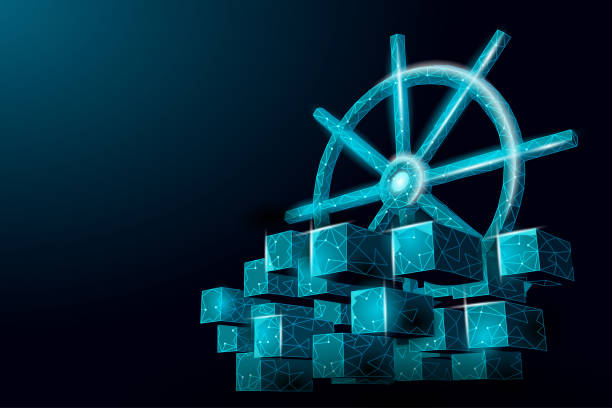
In the last few blogs we covered have covered Kubernetes in great detail. We started with an overview of Kubernetes and why it is one of the most important technologies in cloud computing today. We also spoke about what Kubernetes architecture looks like and how you can use Kubernetes using a simple kubectl tool. In this blog, we will cover everything you need to know about Kubernetes Namespaces.
Managing Kubernetes With Kubectl
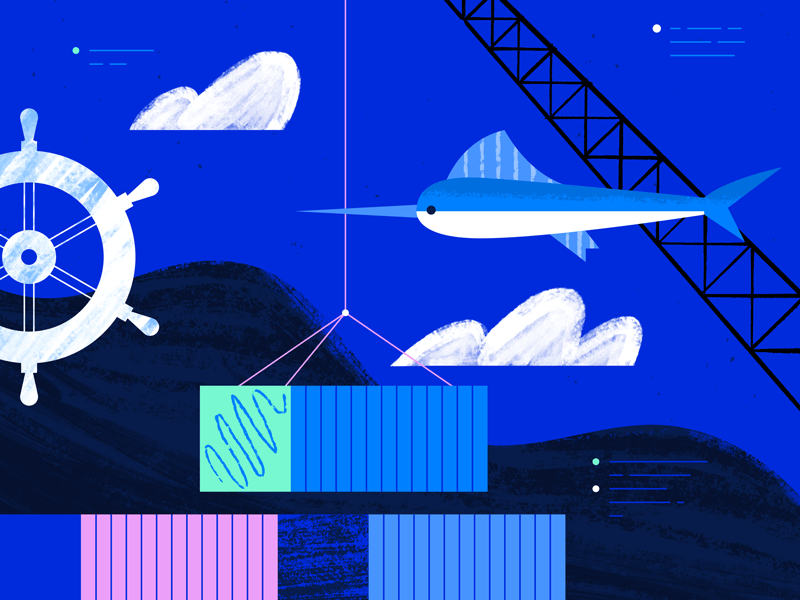
One of the recommended command-line methods to manage your Kubernetes setup is to use kubectl. With the kubectl command, you can interact with Kubernetes API servers to manage workloads in the Kubernetes infrastructure. In this blog, we will cover all aspects of the kubectl command that you would need to get started on managing Kubernetes with it. If you wish to get an overview of Kubernetes, you can read our series of blogs on it starting here.Let’s start with understanding what kubectl is and how it works with Kubernetes.
Kubernetes Workloads – Everything You Need to Get Started
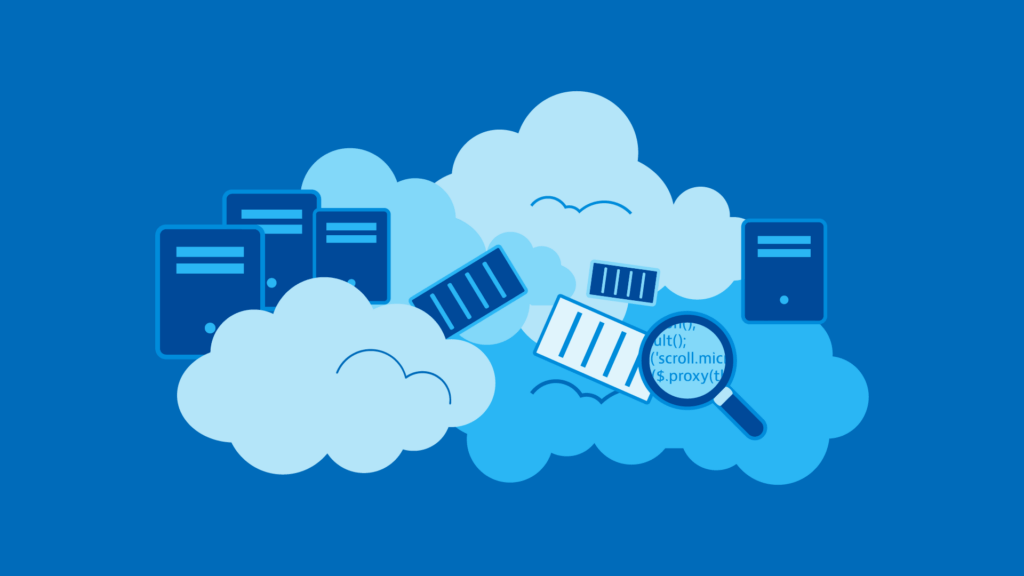
In the last few blogs, we discussed how Kubernetes has become a gamechanger in the adoption of cloud computing and how you can get up to speed with it. We also discussed how Kubernetes differs from other orchestration tools like Docker Swarm and how you can make the right choice for your use case.
Introducing Kubernetes Architecture – From Zero to Deployment

Kubernetes has been a game-changer in the growth of cloud adoption in the last decade. As more containerized applications take frontstage, Kubernetes has become the go-to container orchestration tool.
In this blog, we will go into the depths of Kubernetes and study its architecture. We will also see a simple workflow on how you can set up Kubernetes and deploy it on the cloud.
If you wish to read more about Kubernetes, you can start with our series on it from here. Let’s get started.
How Kubernetes Is Different From Docker Swarm?
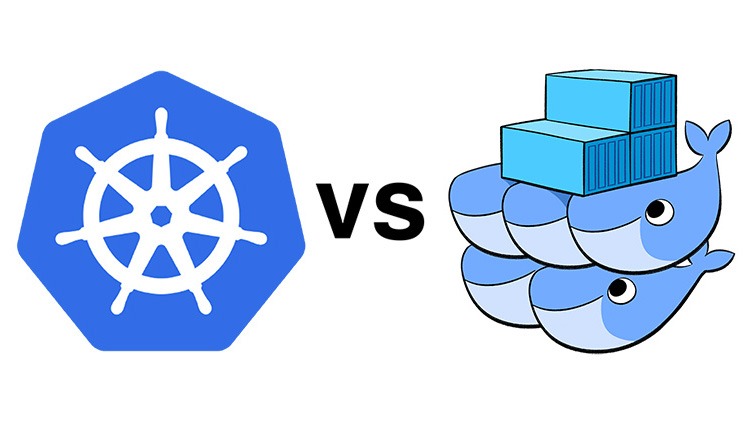
Kubernetes and Docker Swarm are both very popular container orchestration tools in the industry. Every major cloud-native application uses a container orchestration tool of some sort. Kubernetes was developed by Google in the early 2010s from an internal project which managed billions of containers in the Google cloud infrastructure. You can read more about it in our blog here.
In this blog, we will go through the details of how Kubernetes and Docker Swarm differ from each other and how to choose the right tool for you.
What is Kubernetes and Why is it the Future of Cloud Computing

As more and more applications became cloud-native, containers became the ubiquitous way to bring flexibility and scalability to the system. As applications gained more and more functionality, it became essential to have an automated system for container management.
A system that creates, manages, and destroys containers as the traffic requirements change. This is called Container Orchestration. Kubernetes is the leading container orchestration tool in the cloud infrastructure today. It gives a level of abstraction over containers on a cloud infrastructure and groups them into logical units for easier management and discovery.
The Ultimate Guide to Getting Started With Kubernetes [2024 Updated]
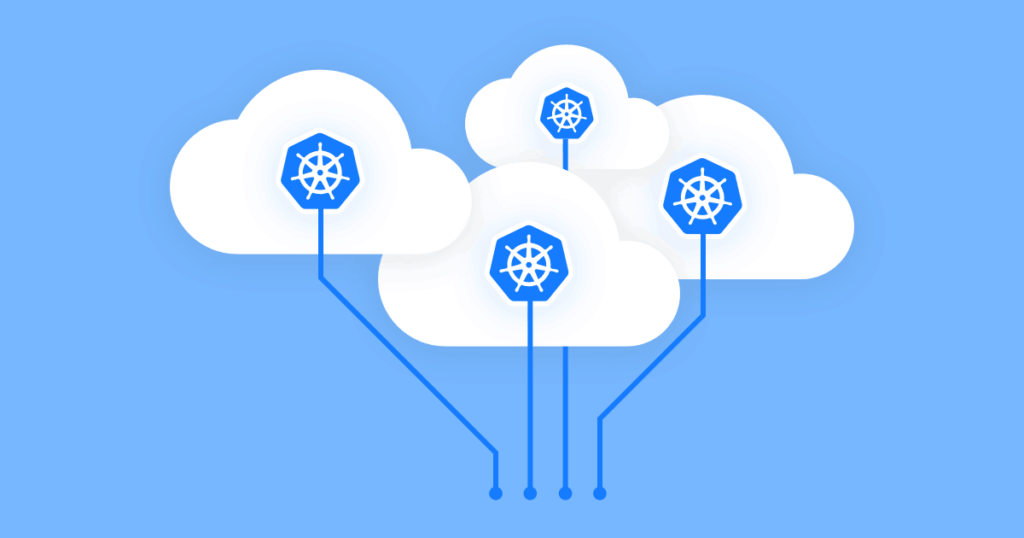
According to a 2021 CNCF survey, 96% of all companies surveyed are either using or evaluating Kubernetes in their infrastructure. As you get comfortable using containers for your software deployment (read more about containers in our ultimate guide), you will soon require a tool to manage container deployments and configuration dynamically. This is where Kubernetes comes into the picture. Kubernetes is one of the most popular container orchestration tools. As the CTO for CNCF says, Kubernetes has now become utterly…


